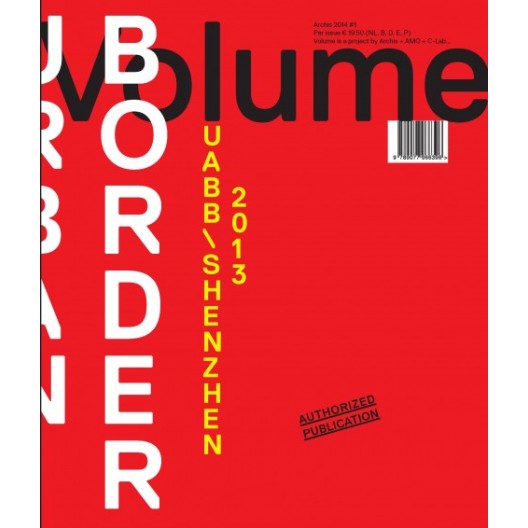- Rupture de stock



The 2013 Bi-City Biennale of Urbanism\Architecture in Shenzhen took ‘urban border’ as its theme. For good reason. If there is a place to study ‘border’ as condition, it is Shenzhen.Demographic, territorial, economic, political, social, and legal borders created this fifteen million city in less than thirty-five years, and drive its further development.
 Garanties sécurité
Garanties sécurité
(à modifier dans le module "Réassurance")
 Politique de livraison
Politique de livraison
(à modifier dans le module "Réassurance")
 Politique retours
Politique retours
(à modifier dans le module "Réassurance")
The 2013 Bi-City Biennale of Urbanism\Architecture in Shenzhen took ‘urban border’ as its theme. For good reason. If there is a place to study ‘border’ as condition, it is Shenzhen. Demographic, territorial, economic, political, social, and legal borders created this fifteen million city in less than thirty-five years, and drive its further development. The transformation of this ‘factory of the world’ into a post-industrial economy and society, the disappearance of the Hong Kong-Shenzhen divide in 2047, and the reconciliation of state capitalism and communist rule, are but three of the challenges Shenzhen is facing, to which its role and position in the larger-scale development of the Pearl River Delta can be added.
Fiche technique
Références spécifiques